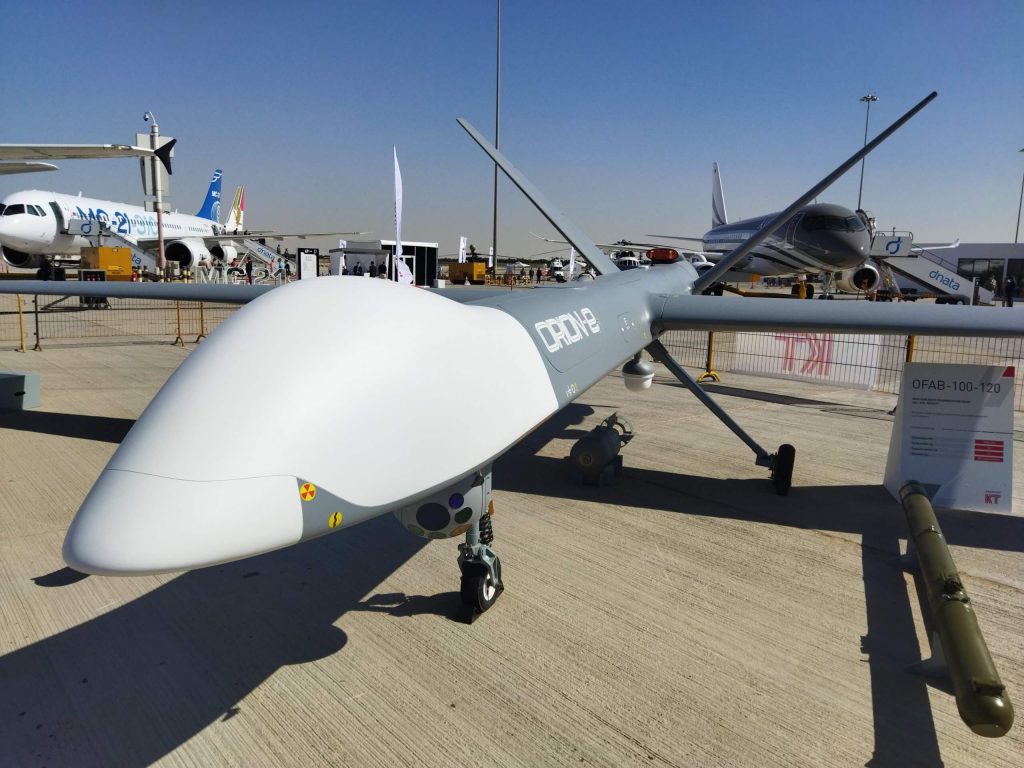Coinciding with the Russia-Africa summit in St Petersburg last week, Russia’s Federal Service for Military-Technical Cooperation has highlighted the joint projects and weapons sales to African countries, which have ordered $10 billion worth of military hardware since 2019.
“There are promising cooperation projects in the field of joint development and production of weapons and military equipment, both for the national armed forces of our states and in the interests of third countries. Work on this issue continues,” a Federal Service for Military-Technical Cooperation (FSMTC) representative is reported by RIA Novosti as saying on 29 July.
African countries account for around 20% of Russian state arms agency Rosoboronexport contracts. Rosoboronexport Alexander Mikheev told reporters last week that since 2019, Russia has signed over 150 contracts worth $10 billion with African countries.
Last week’s Russia-Africa summit was an opportunity to maintain and strengthen ties with traditional partners, find reliable customers and start developing new market segments, the chief executive said.
“Following the first summit, we saw an extremely high prolonged conversion from the talks in Sochi,” Mikheev said, adding that since 2019, Rosoboronexport added customers in five new countries on the continent.
The FSMTC representative told RIA Novosti that South Africa has the most developed defence industry in Africa and therefore Russia is interested in cooperation with South Africa, given the strategic level of interstate relations, as well as interaction within the BRICS framework.
In an interview with Russia Aviation & Military Guide (RAMG) magazine ahead of the Russia-Africa summit, Dmitry Shugaev, FSMTC Director, said “The African continent is of great importance for the Russian Federation. In modern geopolitical realities, we consider Africa as an important ally in the international arena. We are ready for deliveries of the most modern military equipment.”
Shugaev believes the African market is “sufficiently capacious and promising. The states of the region are paying more and more attention to the issues of ensuring security and strengthening the defence capability, while rejecting the encroachments of the West.” As many countries face terrorist threats, this is further incentive to overhaul their military equipment.
Shugaev mentioned to RAMG the fact that strong relationships exist between Russia and African states due to the USSR’s liberation struggle assistance – many weapons supplied during this time are still in use. He emphasised that in addition to supplying weaponry, Russia can deliver maintenance and repair services.
An emerging trend is for the establishment of joint projects and co-production. “Today the Russian side is ready to talk about setting up military equipment production in the territory of partner countries. We strive for more active introduction of modern forms of cooperation that can bring the process of our interaction to a higher level. This includes, first and foremost, the joint development of high-tech military products, the establishment of joint ventures for the production of military products, the construction of service centres to maintain the products supplied, and mutually beneficial research and development work in relation to military products,” Shugaev said, adding that many countries are interested in establishing the production of Russian military equipment on their territory.
One of the best known examples of such cooperation is India, which has the joint Russian/Indian BrahMos missile project, and licensed production of T-90S tanks and Su-30MKI aircraft, as well as aircraft engines and tank projectiles. Project 11356 frigates are also being built at Indian shipyards, and AK-203 assault rifles are being locally produced.
Rosoboronexport displayed a wide range of military equipment at the Russia-Africa summit on 27 and 28 July, including small arms, non-lethal weapons, screening and explosive detection equipment, perimeter security systems, satellite communication systems, unmanned aerial vehicles (UAVs) and counter-UAV systems, armoured vehicles, and helicopters, amongst others.
@DefenceWeb

